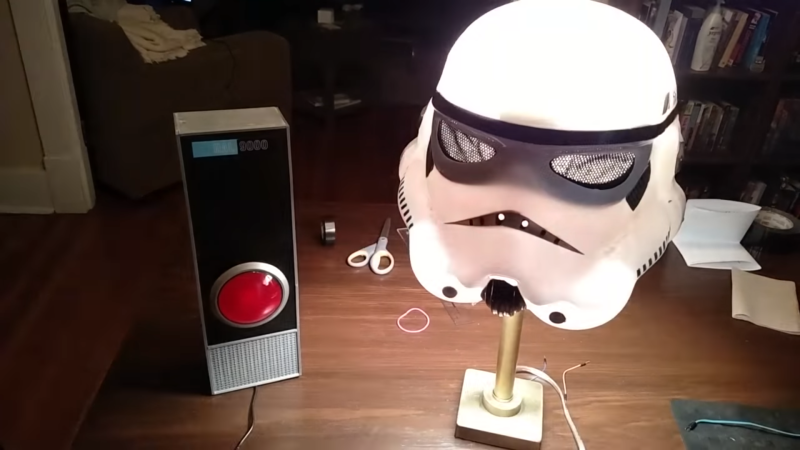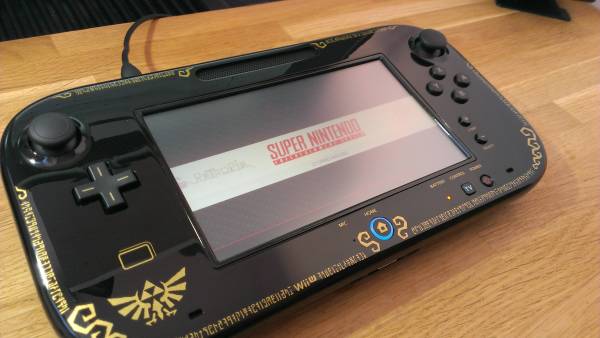A rumor that has been swirling around the Raspberry Pi hardware community for a significant time has proven to have a basis in fact. The Raspberry Pi 2 has lost its BCM2836 32-bit processor, and gained the 64-bit BCM2837 processor from its newer sibling, the Raspberry Pi 3. It seems this switch was made weeks ago without any fanfare on the release of the Pi 2 V1.2 board revision, so we are among many news sources that were caught on the hop.
The new board is not quite a Pi 3 masquerading as a Pi 2 though. The more capable processor is clocked at a sedate 900MHz as opposed to the Pi 3’s 1.2GHz and there is no Bluetooth or WiFi on board, but the new revision will of course benefit from the extra onboard cache and the 64-bit cores.
This move almost certainly has its roots in saving the cost of BCM2836 production in the face of falling Pi 2 sales after the launch of the Pi 3. It makes sense for the Foundation to keep the Pi 2 in their range though as the board has found a home in many embedded products for which the Pi 3’s wireless capabilities and extra power consumption are not an asset.
Avid collectors of Pi boards will no doubt be running to add this one to their displays, but given that the Pi 2 sells for the same price as a Pi 3 we suspect that most Hackaday readers will go for the faster board. It is still a development worth knowing about though, should you require a faster Pi that is a little less power-hungry. The full specification for the revised board can be found on the Raspberry Pi web site.
The Pi has come a long way since the morning in 2012 when our community brought down the RS and Farnell websites trying to buy one of the first models. This BCM2837 board joins a BCM2837-powered Compute Module as well as the Pi 3. It’s worth reminding you though that there are other players to consider, earlier this year we brought you a look at the Odroid C2, and of course the infamous Apple Device.
Pi 2 header image: Multicherry [CC BY-SA 4.0], via Wikimedia Commons.
Editorial Note: We originally covered this in Sunday’s Links article but thought it warranted another, expanded mention.

















